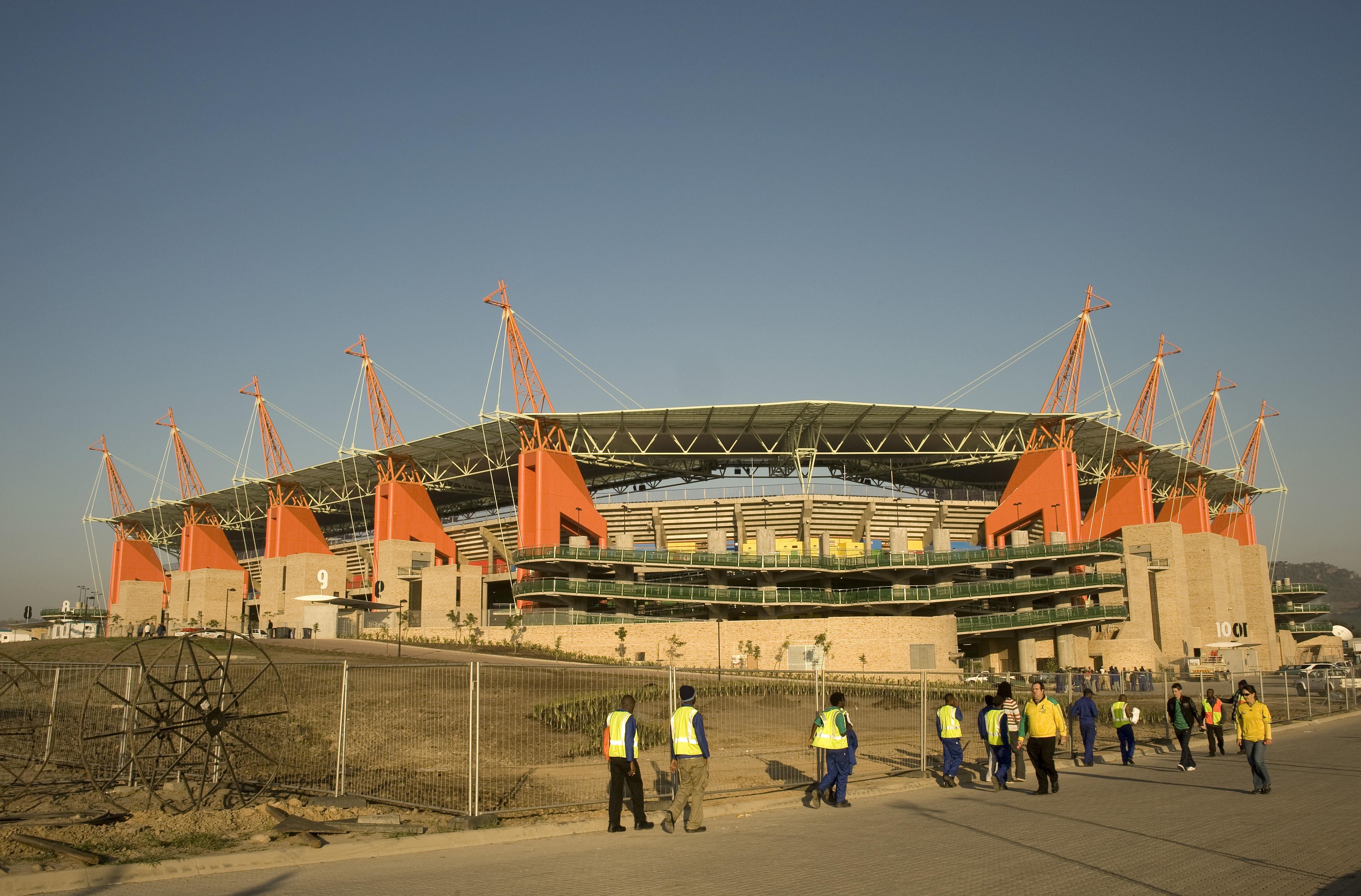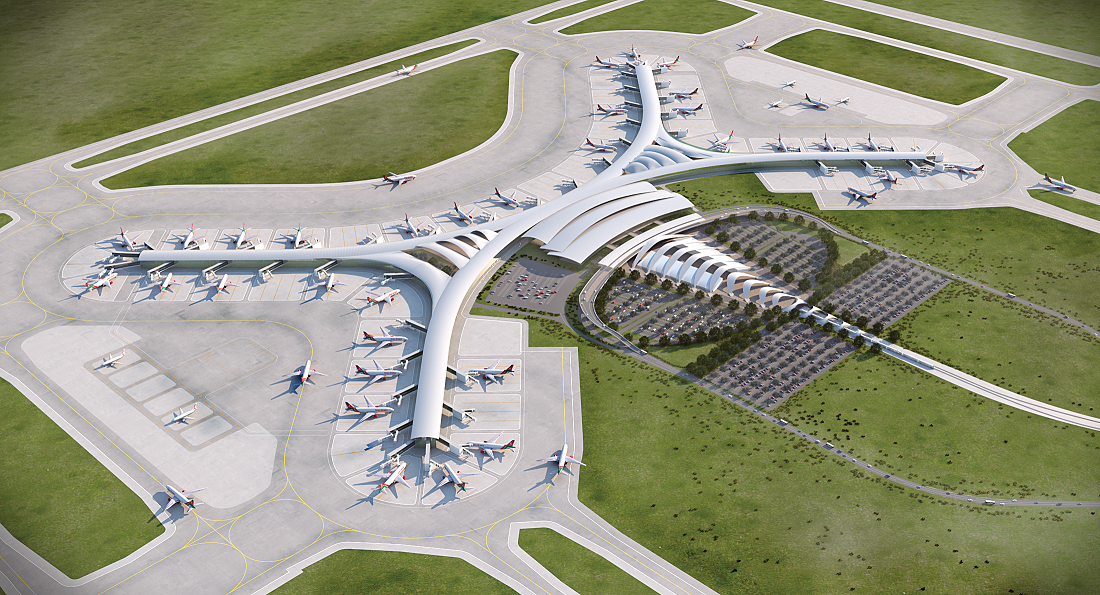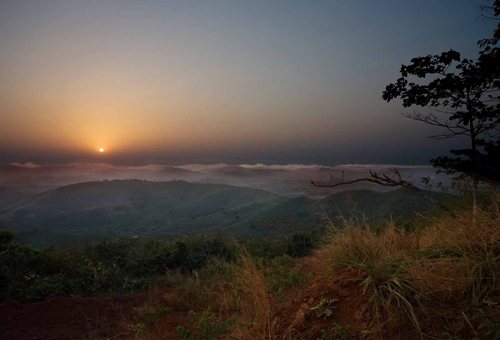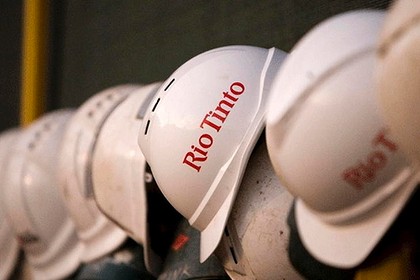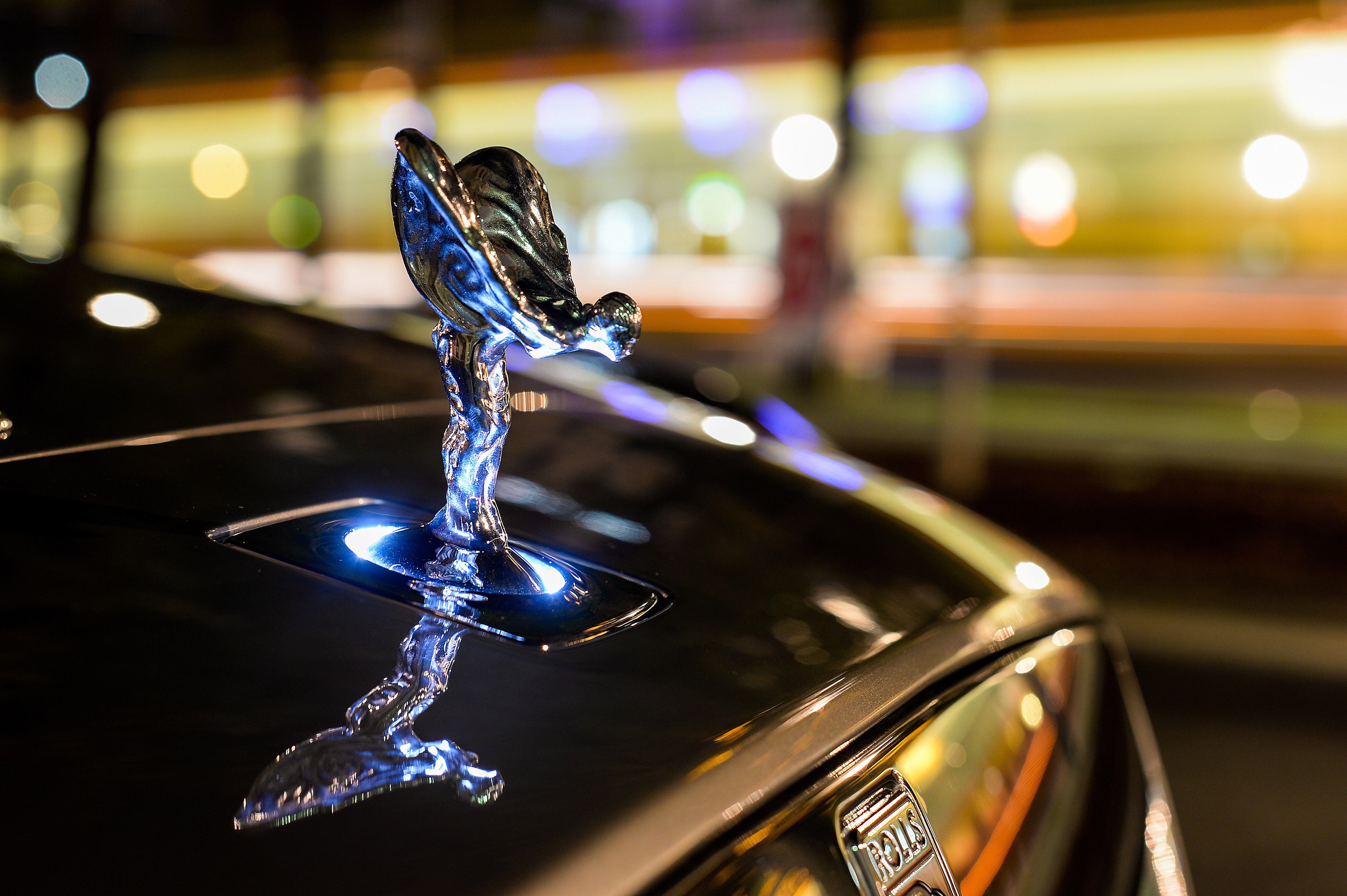
Showing no sign of slowing down, Rolls-Royce Motor Cars has reported record breaking results for the first half of 2014 with a 33% increase in worldwide car sales.
China broke away from the US for the first time to take the lead for volume, with Europe showing the fastest growth with a 60% increase in sales. Asia has also performed well with 40% gains. With the predicable middle eastern market pushing 30% increases in sales.




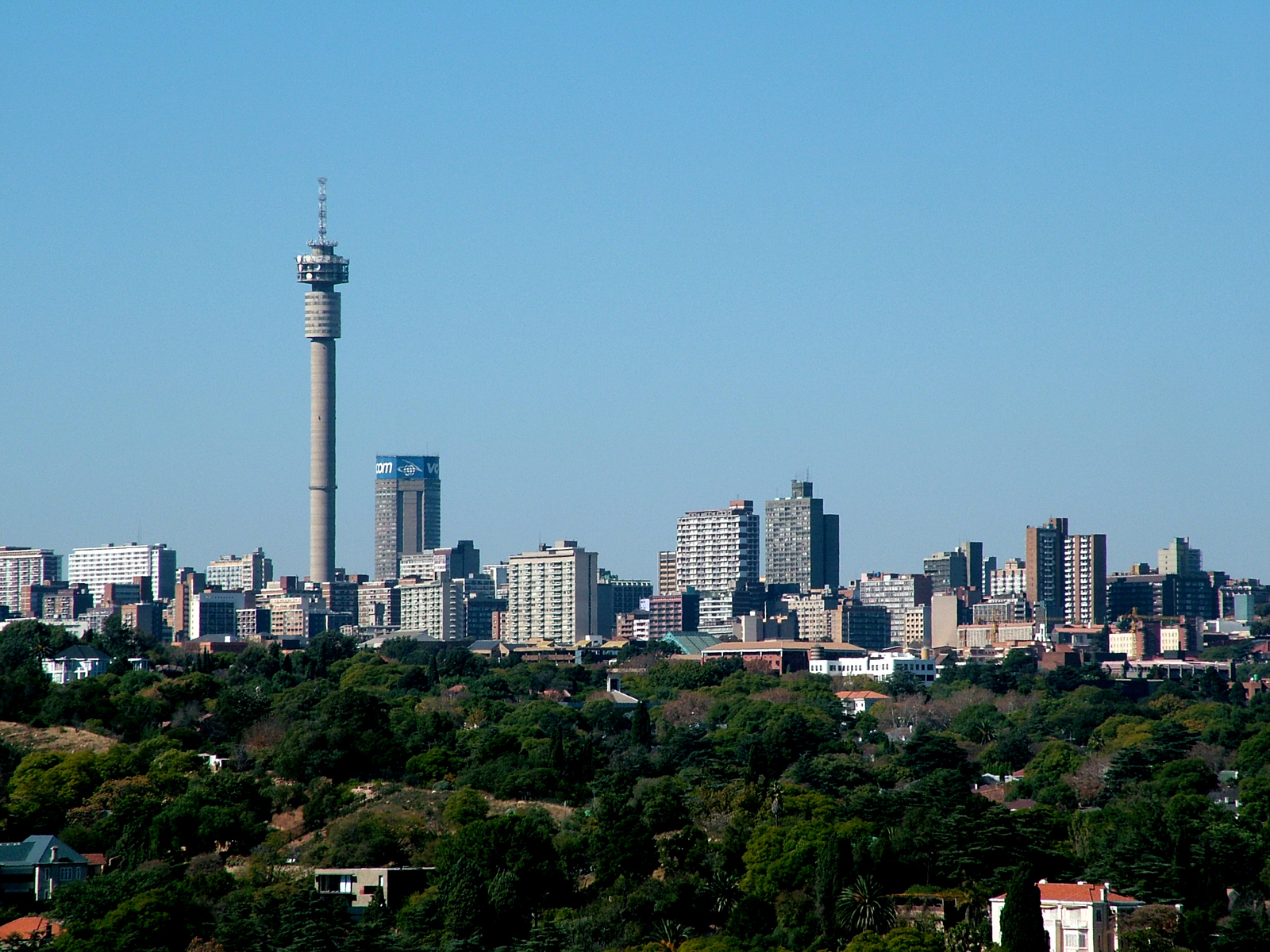
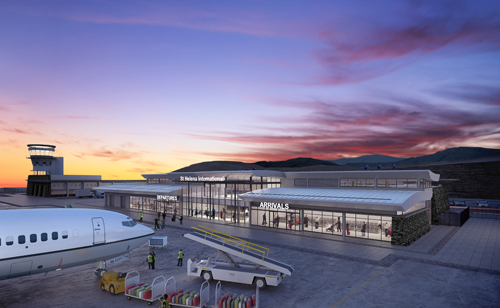
 BasilRead-Africa-Infrastructure-July14-Bro-s.pdf
BasilRead-Africa-Infrastructure-July14-Bro-s.pdf